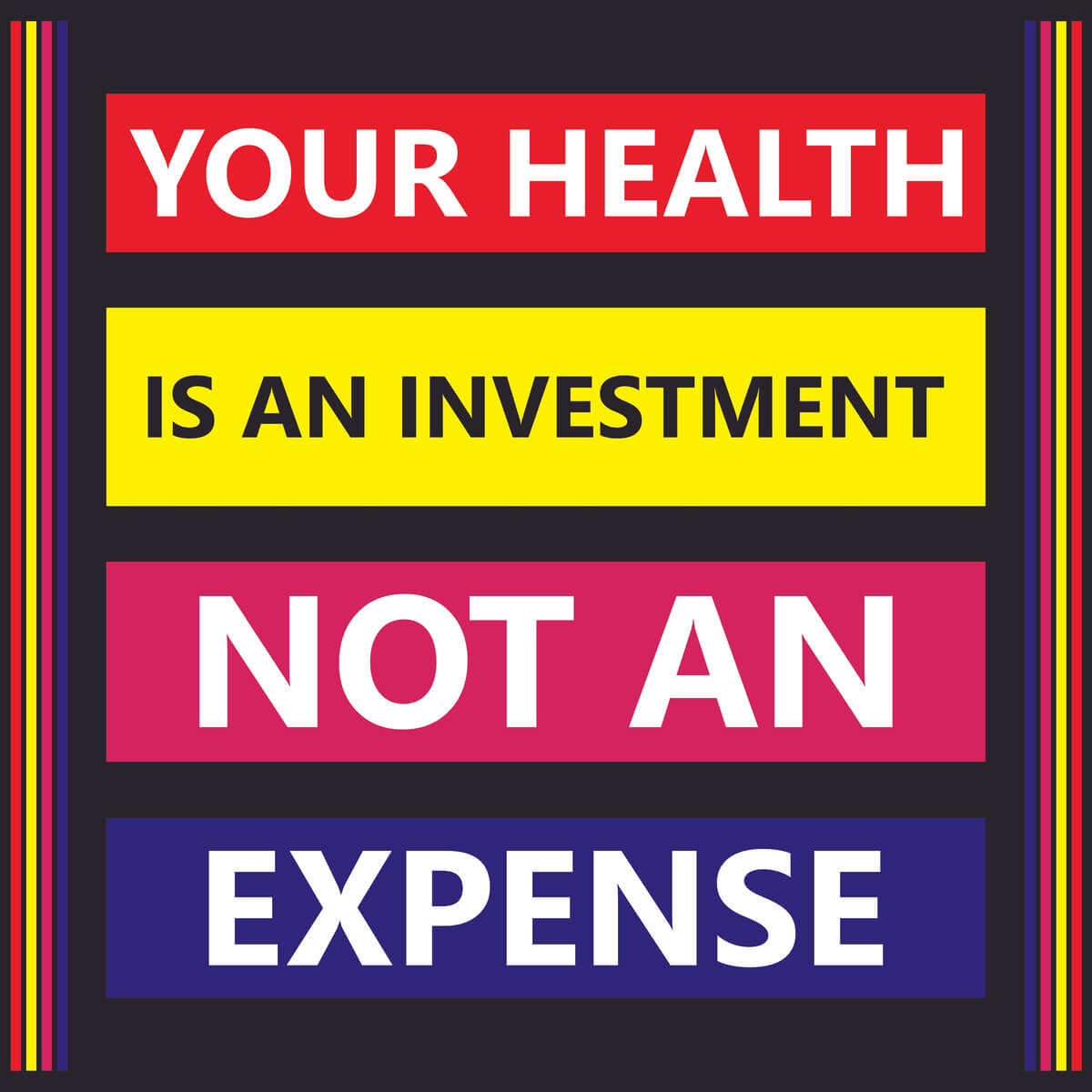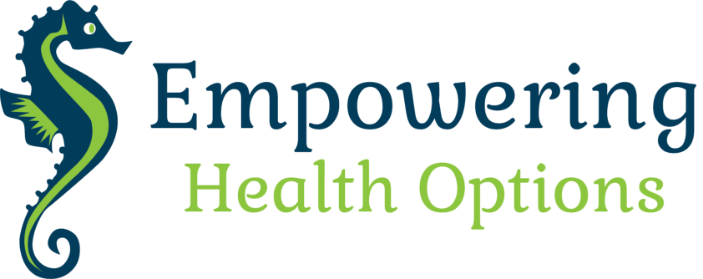
March 30, 2022
The best way to treat migraines is to find the combination of therapy that works best for you. Whether that is a cocktail of prescription meds and OTC meds or an infusion cocktail or meds and exercise along with stretching, etc.
If there was one best way, you would be pain free and I would be rich.
You are different than someone else. Your triggers are different. Your needs are different. Go ahead, get mad and frustrated. It is maddening and very frustrating. Now, it is time to get to work. Railing against the pain will only make it worse.
Lessen Migraine Pain
What if you could lessen the pain considerably AND decrease the number of attacks? I am up for that, are you? We are going to be realistic. Nobody likes reality when they are in intense pain, and the goal will be to decrease that intensity. You get to choose. You can keep on going as you have been or you can make changes that will help you over time.
Will you choose to be disciplined in your treatment plan to reach your goal? It is simple, but it will not be easy. It will take some trial and error. What are your three goals? You get to pick what is important to you and your needs. Make them personal. Make them things you want to accomplish for yourself. These are the things that will keep you focused when you are not seeing much, if any, improvement at the beginning. It will be a long haul. You have probably been dealing with the attacks and intense pain for many years, so what is 6 more months?
Be Open to the Possiblity that you Can Lessen the Pain
Being open to the possibility that you can lessen the pain. Being open to the possibility that your attack days will decrease considerably. Why is your belief and thought process so important in this area? If you don’t really believe that you can actually be better and feel better, you will not stick with the plan. Barriers and failures will occur. Realize that, and get back on track. You messed up. You didn’t do what you had planned. Admit to yourself that you messed up. No excuses and no beating yourself up. Get back on track and move forward.
As we move forward, always check with your healthcare provider before trying OTC meds, supplements and adjunctive therapies.
About 40% of folks do not respond to prescription triptans. So, for them it is like taking water … they get no relief, but they sure do get that increased heart rate.
It is usually 3 or 4 things together that make the difference. You job is to find those 3 or 4 things that work for you. Here is where it can be difficult as you have to do those things for 3 months before deciding if it is helping you or not. Remember, it is a process. A wanted process that will help you to get better and feel better.
Keep a Headache Journal
If you have never done so, start a daily journal or diary. A spiral bound notebook is fine. You want to address the following:
-
- Date
-
- Morning – food and drink
-
- Mid-morning – food and drink
-
- Lunch – food and drink
-
- Mid-afternoon – food and drink
-
- Dinner – food and drink
-
- Evening – food and drink
-
- (noting the times will be helpful)
-
- Overall mood – address morning, mid-day and evening and any significant stressors
-
- Exercise – what, when and how long?
-
- Headache today – Y or N
-
- If, Yes – what time began?
-
- Notable weather (barometric pressure increase/decrease)
-
- If, Yes – what time began?
-
- Medications taken – how much and when?
-
- Relief – Y or N (maybe not gone, but much improved)
-
- Symptoms prior to headache
-
- Symptoms during headache
-
- Time headache is gone
-
- List your known triggers that may have precipitated this attack
-
- Describe your body sensations – muscle tightness, teary eyes, numbness, tingling, nausea, etc.
Headache Treatments and how much they did or did not help
Ex. Ice pack, Heat, Meds, Stretching, Trigger point release, etc.
Anything else that is particular to you.
We are looking for patterns. Not all migraines have patterns, but for those that do, we can work towards modifying or eliminating triggers. Triggers don’t cause migraine, but they set off the processes that cause the migraine.
It is best to fill this out on an ongoing basis. There are probably apps that will help you do this if you don’t want to do the writing. This is your research. This is your unique information. This is what can best help you to get better. For those of you that need help in finding your pattern and plans of action, contact me to see if we are a good fit to work together. pat@EmpoweringHealthOptions.com and place Migraine in the subject line.
I do recommend that a person with migraine see a neurologist that specializes in treating migraine. You have to work with your health care provider. It is a team approach.
Things that you can try (home remedies) to see if they help:
-
- Gel Ice pack – use for 20 minutes on your neck, shoulders or back area
-
- Some folks like to place it on their eyes
-
- Gel Ice pack – use for 20 minutes on your neck, shoulders or back area
-
- Far Infrared heat – Migun mini wrap or mat (there are other manufacturers)
-
- You can use far infrared heat for hours. It is to relax tight muscles.
-
- Far Infrared heat – Migun mini wrap or mat (there are other manufacturers)
-
- Watch out for Medication Overuse Headaches – they are most common in folks that use OTC pain relief products multiple times per day (3 or 4 doses) and multiple days in a row (3 or 4). This is also known as a rebound headache.
-
- Deep breathing exercises – Slow, deep breath in through your nose for a count of 4 and breathe out through pursed lips for a count of 6. Make that belly rise. Do this five times. You may be a little light headed. You can do this exercise 3-4 times a day.
-
- Acupuncture
-
- Massage (weekly or every other week)
SEEDS for migraine control – these are things that you can control to help ease migraines
S – Sleep – be consistent with your sleep schedule, even on your off days. Go to bed and get up at the same time. You may want to consider a sleep study test, especially if you have morning headaches or insomnia. You may or may not have sleep apnea, but there are other sleep disorders that may be impacting you.
Maybe you will benefit from a neck contour pillow? Roll up a towel and place it in the bottom of your pillow. Yes, scrunch your pillow up above the roll. You want to relax your neck muscles.
E – Exercise – Yep, off ass and on feet. Walk or run three or four days a week. Work up to 30 – 40 minutes. Start out with 5 minutes and walk three times a day. Consistency is the key here. You can actually do your breathing exercises while walking/running. Add weight training 2-3 times per week. Yoga, Tai chi or stretching three times a week. Start slow and build up. Find what you enjoy doing. If you think it is a chore, you won’t be consistent. You don’t have to love it, but you do have to like it enough to keep doing it. Maybe, you will like the benefits after it is over.
E – Eat – Foods and hydration are important. Regular meals and consistent hydration are important for overall good health. Eat for nutrition. Drink about half of your body weight in ounces of water every day. I know, most all liquids count, but do your water, too. If you weigh 160 lbs. then drink about 80 ounces of water throughout the day. A bottle of water is16.9 ounces. That comes out to 4.7 bottles of water per day. So, do 4 bottles of water per day and your other liquids. I would suggest a higher protein and a little lower carb diet plan. A heart healthy plan, an anti-inflammatory plan, the Mediterranean diet plan. Find one that works for you. It is a lifestyle change. Change takes time, discipline and planning.
D – Diary – Take the time to invest in yourself. Look at what is going on in your life with work, family and friends. What does your body feel like? How is your emotional state? How is your spiritual state? Make notes about your day, your health, your eating, your hydration and your exercise. We are looking for patterns, if they exist.
S – Stress – It can be good stress or bad stress, but it is all stress. Do something that you enjoy doing. Turn off the computer and your phone at 8:00 pm. Take a break, read, watch tv, talk, etc. Mindfulness meditation is a great tool to help decrease your stress. Journaling for 15 minutes a day to let everything on your mind get out. Practicing gratitude every day will decrease your stress. Write down three things you are grateful for each day. No, they cannot be the same three things each day.
Non-prescription supplements:
You do need to talk with your healthcare provider before stating these.
Riboflavin (B2) – 400mg per day
Magnesium – 400 mg per day (up to a maximum of 600mg per day)
Co-Enzyme- Q10 – 150 mg per day
These are the only three that have shown some promise in migraine therapy treatment. We still do not have any hard proof.
OTC Pain relievers:
Brand or Product name Active ingredients per tab/cap
Aleve® naproxen sodium 220 mg
Advil® ibuprofen 200mg
Bayer® aspirin (ASA) 325 mg enteric coated
Anacin® aspirin 400 mg and caffeine 32 mg
Excedrin® Migraine aspirin 250 mg, acetaminophen 250 mg,
caffeine 65 mg
Excedrin® Tension headache acetaminophen 500 mg, caffeine 65 mg
Tylenol® Regular strength acetaminophen 325 mg
Tylenol® Extra strength acetaminophen 500mg
Tylenol® 8 HR Arthritis Pain acetaminophen 650 mg
Motrin® IB ibuprofen 200 mg
Sudafed® pseudoephedrine 30 mg (have to sign for at
pharmacy)
Maybe you have found that taking two generic Excedrin® migraine, one 30 mg tab of pseudoephedrine and a prescription muscle relaxer works for you. Maybe you need a triptan or prescription preventives or a cocktail infusion. Maybe your migraine meds leave you out of sorts for two or three days later. Let’s find the best non-medication ways that will help you. Only take the medications that you need, they are not without risks.
There are many prescription medications to try. Hang-on, you may need to try quite a few to see what works for you. For those of you that have been unable to find a medication that works for you, give the non-medication adjuvant therapies a try. Scientists keep working on ways to prevent or lessen migraine.
Pat


